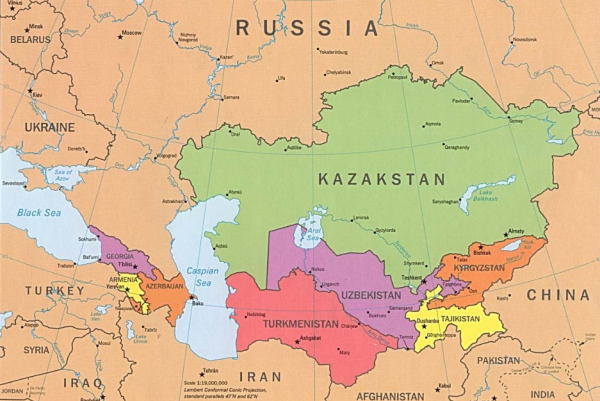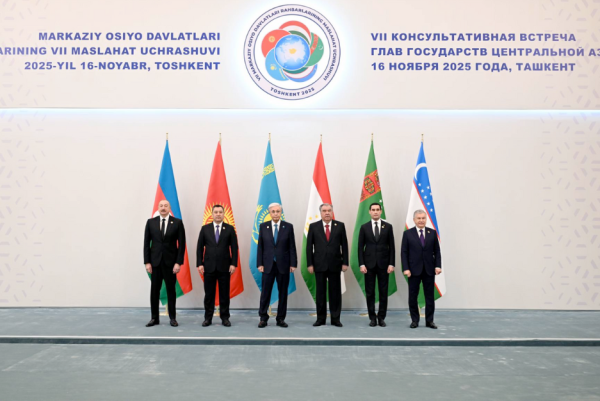The importance of the Zangezur corridor in three dimensions

On October 26, Azerbaijani President Ilham Aliyev and Turkish President Recep Tayyip Erdoğan laid the foundation of the 123-km Horadiz-Jabrayil-Zangilan-Agband highway. It is planned that the road extending up to the Azerbaijani-Armenian border will form the eastern part of the new inter-country transport link called “Zangezur corridor” and connect it with the part that will pass through Armenia after political issues are resolved in the future.
One of the most remarkable outcomes of the second Karabakh War – the Zangezur corridor – is of importance in three dimensions: local, regional, and intercontinental.
The importance of the corridor on the local level is its stimulating contribution to local economic development in countries through the territories of which it will pass. It should be borne in mind that the new corridor runs through the most under-developed regions of all three countries. Thus, it is planned to link the corridor to the south-western regions of Azerbaijan, which had been under occupation for about 30 years and subjected to looting; the most poorly developed Syunik region of Armenia; and the eastern regions of Turkey, poorly developed due to decades of terrorism, this will significantly contribute to the local economic growth in all three regions.
The importance of the new corridor on the regional level is that it offers alternatives in several directions. The first and most important is the emergence of a new route between Turkey and Central Asia. Turkey is interested in reducing its dependence on its regional rival, Iran, and creating links to Central Asia through the territory of more friendly countries. Ankara has long been realizing this goal via Georgia and Azerbaijan in the northern direction and she aims to achieve a similar scenario through the Armenia-Azerbaijan route in the south.
On the other hand, the new corridor has garnered increasing attention from the countries of the Turkic world to Turkey, and in recent months we are witnessing its political results in the example of Turkmenistan. Of course, this process will also play a stimulating role in increasing maritime connectivity in the Caspian Sea. Secondly, the implementation of the Zangezur corridor will create an alternative route between the mainland Azerbaijan and the Nakhchivan Autonomous Republic, which is of great importance within the regional political configuration, hence reducing the impact of Iran's “Nakhchivan transit” card, one of the most important levers over Azerbaijan. Furthermore, the fact that the Zangezur corridor offers a new transit route between Russia and Turkey bypassing Georgia is another significant change in the regional arena.
When it comes to the intercontinental importance of the Zangezur corridor, it is to be noted that it will create an alternative passage for the growing economic exchanges between China and Europe. This route will facilitate the transportation of goods from China to the eastern provinces of Turkey and then to Europe through the Mediterranean sea or Istanbul straits. In fact, this innovation is also in line with Turkey's and China's transport diversification strategies. Thus, considering the integration into the East-West Transport Corridor in the near future, the Zangezur corridor has the potential to act as an important trade route between the European and Asian markets.







